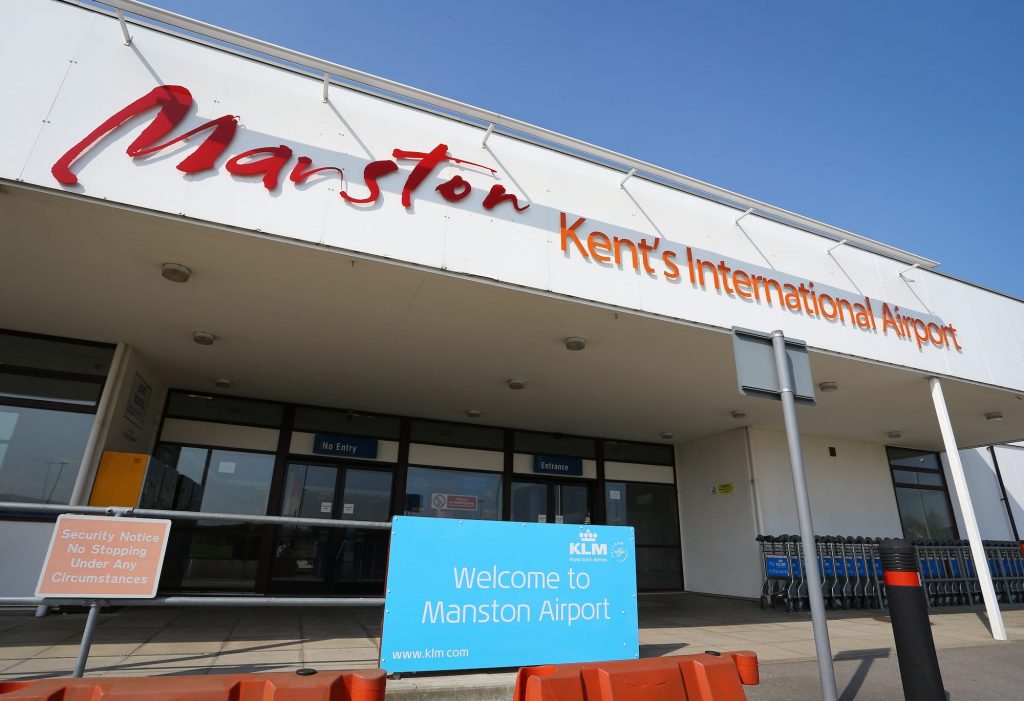- London is due to get its seventh international airport after the UK government approved plans.
- Manston airport will primarily operate as a freight airport, its owner, RSP, said.
- Talks are underway for airlines to operate passenger flights, however, RSP added.
London is due to get another airport after plans to redevelop a former military air base were approved by the UK government.
On August 18, the Department of Transport approved a Development Consent Order for the redevelopment of Manston Airport, located on the Isle of Thanet in Kent.
It marks the end of a five-year battle by the airport's owner, RiverOak Strategic Partners (RSP), to gain approval for the redevelopment, according to a statement.
Manston, which will be London's seventh international airport, is a former World War Two Royal Air Force base. It closed to air traffic in 2014 and has been used to park trucks, according to an assessment report by the Department for Transport.
The £500 million, or $588 million, redevelopment will include a new air traffic control tower and facilities for executive travel, according to the assessment report. The hub will be able to handle as many as 10,000 cargo flights per year, the report added.
Construction is set to begin next year, with freight services due to begin in 2025, according to RSP's statement, which added that the hub would help to alleviate long-term overcrowding within the London airport system. It also said the hub will be built to be "net zero carbon from scratch."
Tony Freudmann, RSP's director, told local outlet KentOnline that while it will primarily operate as a freight airport, talks are underway with airlines to operate passenger flights.
Manston will join Heathrow, Gatwick, Stansted, Luton, City, and Southend in being named as a London airport, but Manston will be the furthest away from the city center, roughly a 76-mile drive, according to Google Maps.

